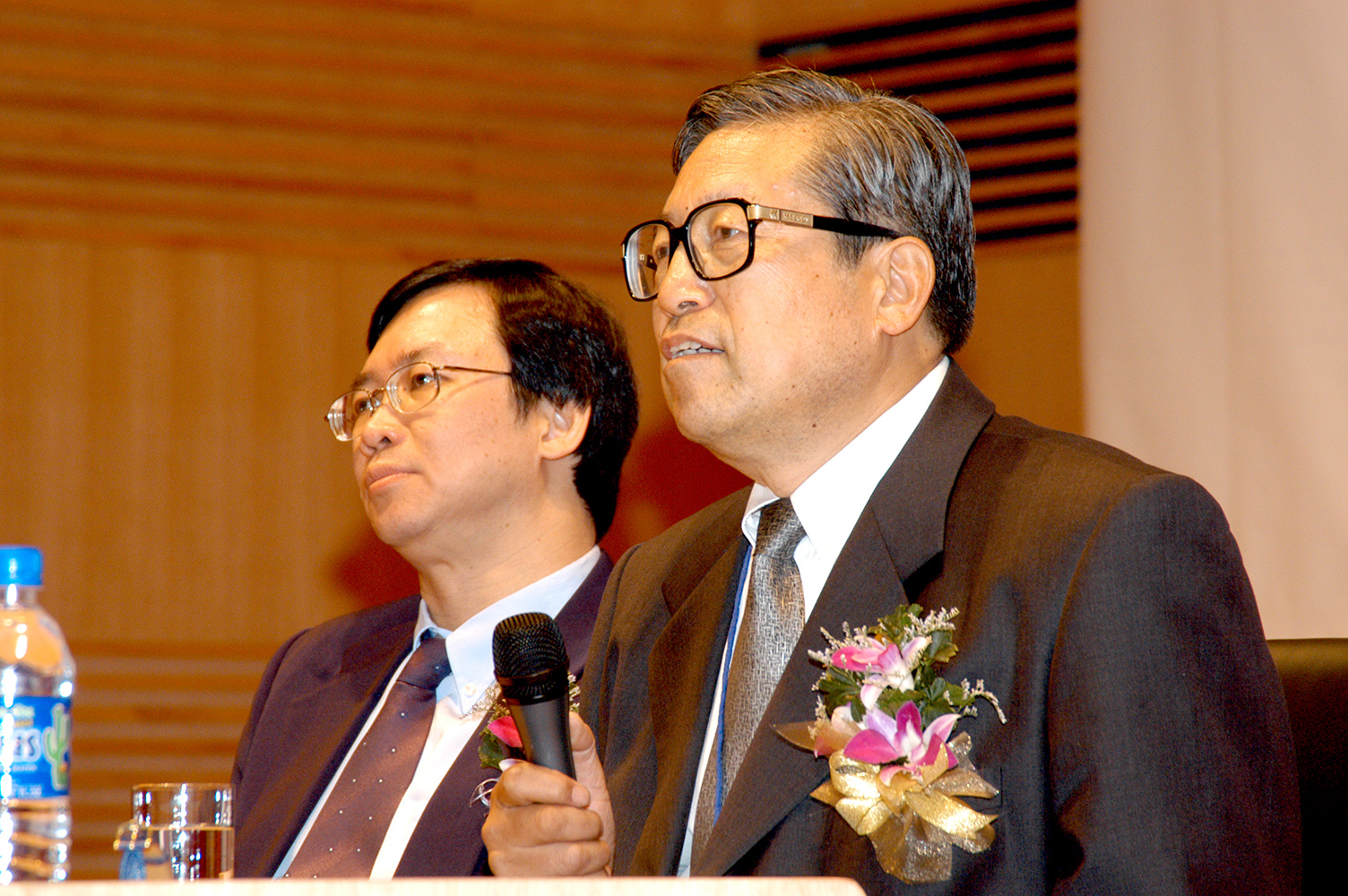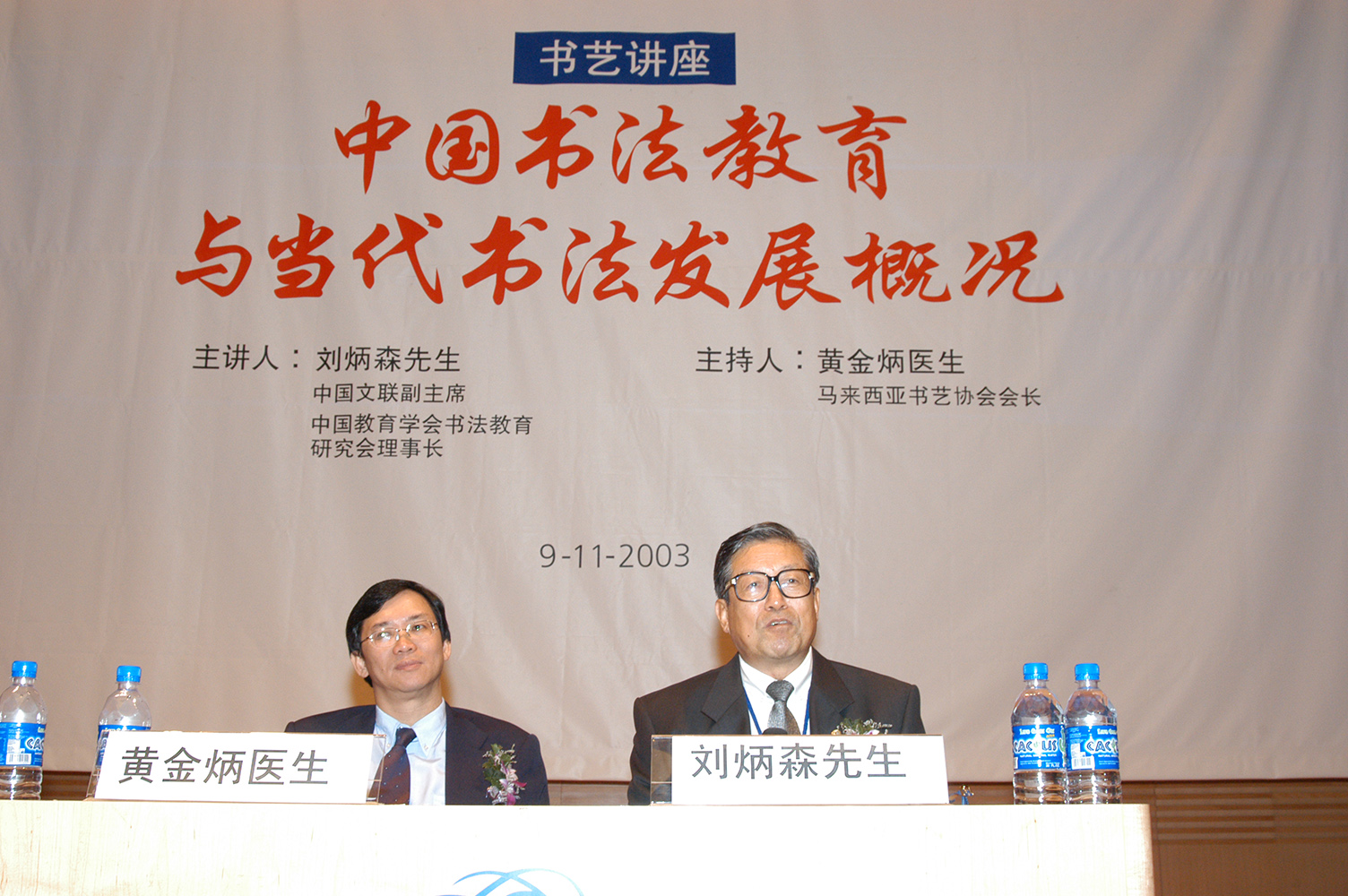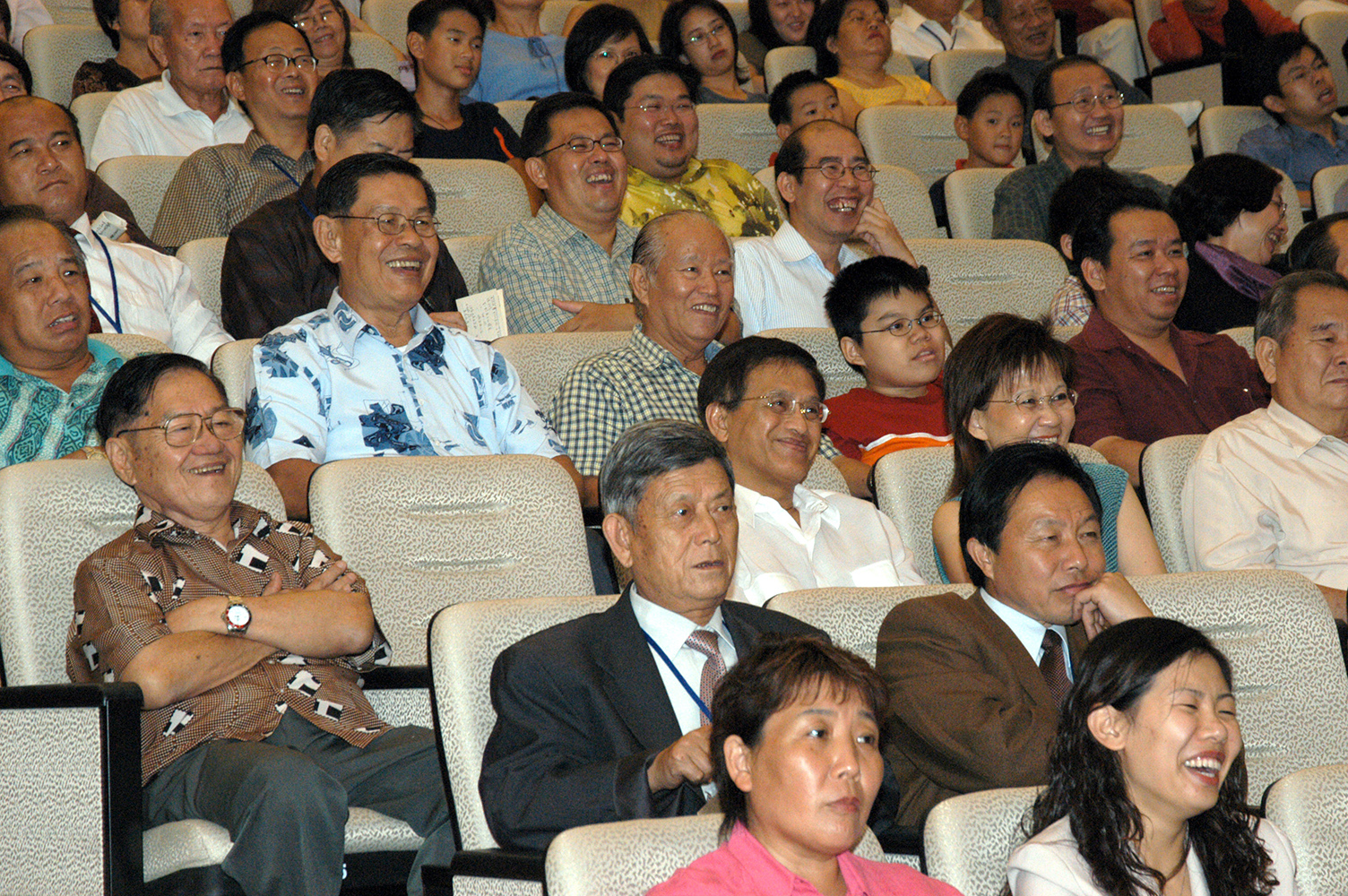Personal Data Protection Notice
Persatuan Soka Gakkai Malaysia (“the Society”, “we”, “us”, or “our”) recognise our responsibilities in relation to the collection, holding, processing, use and/or transfer of personal data under Personal Data Protection Act 2010 (“PDPA”). This Personal Data Protection Policy (“Policy”) sets out the basis which the Society may collect, use, disclose or otherwise process personal data of our customers and/or members in accordance with the PDPA. Personal data will be collected only for lawful and relevant purposes. We will use your personal data which we may from time to time collect in accordance with this Policy. This Policy applies to personal data in our possession or under our control, including personal data in the possession of organisations which we have engaged to collect, use, disclose or process personal data for our purposes.
Personal Data
1. As used in this Policy:
(a) “applicant” means an individual who have applied to be employed in a contract of service (whether on a part-time, temporary or full-time basis) with us and all references to “employment” shall apply equally to internships and traineeships (as may be applicable); and
(b) “customer” means an individual who (a) has contacted us through any means to find out more about any goods or services we provide, or (b) may, or has, entered into a contract with us for the supply of any goods or services by us; and
(c) “member” means an individual who have become a member of the Society pursuant to the Society’s Constitution; and
(d) “personal data” means data, whether true or not, about a customer, a member, or an applicant, who can be identified: (a) from that data; or (b) from that data and other information to which we have or are likely to have access.
2. Depending on the nature of your interaction with the Society, some examples of personal data which we may collect from you include your name and identification information such as your NRIC number or passport number, contact information such as your address, email address or telephone number, nationality, gender, race, date of birth, marital status, closed circuit television (“CCTV”) or security recordings, photographs and other audio-visual information, employment information and financial information such as credit card numbers, debit card numbers or bank account information.
In addition to the above, if you are using any of our mobile applications, personal data may also include approximate location permission (non-continuous), phone permission, precise location permission (non-continuous) and storage permission.
3. Other terms used in this Policy shall have the meanings given to them in the PDPA (where the context so permits).
Collection, Use And Disclosure Of Personal Data
4. We generally do not collect your personal data unless:
(a) it is provided to us voluntarily by you directly or via a third party who has been duly authorised by you to disclose your personal data to us (your “authorised representative”) after
(i) you (or your authorised representative) have been notified of the purposes for which the data is collected, and
(ii) you (or your authorised representative) have provided written consent to the collection and usage of your personal data for those purposes, or
(b) the personal data was provided to the Society by a member of your family to enable us to provide a service for your personal or domestic purpose, or
(c) collection and use of personal data without consent is permitted or required by the PDPA or other laws.
5. We may collect and use your personal data for any or all of the following purposes:
(a) performing obligations in the course of or in connection with our provision of the services and/or goods requested by you;
(b) verifying your identity;
(c) responding to, handling, and processing queries, requests, applications, complaints, and feedback from you;
(d) managing your relationship with us;
(e) processing payment or credit transactions;
(f) notifying you of our events, initiatives and promotions, members activities and other association communications, including sending you marketing information about our services or goods;
(g) complying with any applicable laws, regulations, codes of practice, guidelines, or rules, or to assist in law enforcement and investigations conducted by any governmental and/or regulatory authority;
(h) to communicate with you in order to promote the Society’s activities and to provide support in Buddhist study and faith;
(i) to keeps statistics of you attending our meetings, events and activities to measure the growth of the Society over time and to better support our membership;
(j) any other purposes for which you have provided the information;
(k) to operate our premises in a manner which is physically safe, secure and befitting of health and safety requirements;
(l) for the Society’s internal records management;
(m) to provide you with customer and/or member support; and
(n) any other incidental association purposes related to or in connection with the above.
6. Disclosure or transfer of personal data (within or outside of Malaysia)
Your personal data provided to us may be disclosed to the following classes of third parties (within or outside of Malaysia) as required under the law or pursuant to relevant contractual relationship (for example, where we appoint third party service providers) or for the purposes or directly related to the purposes stated in Clause 5 above. We may disclose your personal data:
(a) where such disclosure is required for performing obligations in the course of or in connection with our provision of the goods or services requested by you;
(b) to third party service providers, agents and other organisations we have engaged to perform any of the functions listed in Clause 5 above for us;
(c) government departments or agencies, statutory authorities and industry regulators;
(d) any person to whom we are compelled or required to do so under law or in response to a competent or government agency;
(e) law enforcement agencies; and
(f) affiliate organisations outside of Malaysia that share the mission and objectives under the umbrella of the Soka Gakkai International. This is solely for the purpose of facilitating your participation in the activities of these affiliate organisations that are in tandem with the purpose of your membership with the Society.
Data processed by the Society’s mobile application is carried out using computers and/or IT enabled tools, following organizational procedures and modes strictly related to the purposes indicated above. In addition to the Society, in some cases, the data may be accessible to certain types of persons in charge, involved with the operation of the Society’s mobile application or external parties (such as third-party technical service providers, mail carriers, hosting providers, IT companies, communications agencies) appointed, if necessary, as data processors by the Society.
Withdrawing Your Consent
7. The consent that you provide for the collection, use and disclosure of your personal data will remain valid until such time it is being withdrawn by you in writing. You may withdraw consent and request us to stop using and/or disclosing your personal data for any or all of the purposes listed above by submitting your request via email at the contact details provided below.
8. Upon receipt of your written request to withdraw your consent, we may require reasonable time (depending on the complexity of the request and its impact on our relationship with you) for your request to be processed and for us to notify you of the consequences of us acceding to the same, including any legal consequences which may affect your rights and liabilities to us.
9. Whilst we respect your decision to withdraw your consent, please note that depending on the nature and scope of your request, we may not be in a position to continue providing our goods or services to you and we shall, in such circumstances, notify you before completing the processing of your request. Should you decide to cancel your withdrawal of consent, please inform us in writing in the manner described in clause 7 above.
10. Please note that withdrawing consent does not affect our right to continue to collect, use and disclose personal data where such collection, use and disclose without consent is permitted or required under applicable laws.
Access To And Correction Of Personal Data
11. If you wish to make (a) a request for access to a copy of the personal data which we hold about you or information about the ways in which we use or disclose your personal data, or (b) a correction request to correct or update any of your personal data which we hold about you, you may submit your request via email at the contact details provided below.
12. Please note that a reasonable fee may be charged for an access request. If so, we will inform you of the fee before processing your request.
Protection Of Personal Data
13. To safeguard your personal data from unauthorised access, collection, use, disclosure, copying, modification, disposal or similar risks, we have introduced appropriate administrative, physical and technical measures such as up-to-date antivirus protection, encryption and the use of privacy filters to secure all storage and transmission of personal data by us, and disclosing personal data both internally and to our authorised third party service providers and agents only on a need-to-know basis.
14. You should be aware, however, that no method of transmission over the Internet or method of electronic storage is completely secure. While security cannot be guaranteed, we strive to protect the security of your information and are constantly reviewing and enhancing our information security measures.
Accuracy Of Personal Data
15. We generally rely on personal data provided by you (or your authorised representative). In order to ensure that your personal data is current, complete and accurate, please update us if there are changes to your personal data by informing us via email at the contact details provided below.
Retention Of Personal Data
16. We may retain your personal data for as long as it is necessary to fulfil the purpose for which it was collected, or as required or permitted by applicable laws.
17. We will cease to retain your personal data or remove the means by which the data can be associated with you, as soon as it is reasonable to assume that such retention no longer serves the purpose for which the personal data was collected and is no longer necessary for legal or business purposes.
Website
18.1 Links to other sites
Links to other sites may be provided on our website for your convenience and information. These sites may have their own privacy statement and we do not control, recommend or endorse these sites and we will not be held responsible for these sites or their contents. As such, we encourage you to read the privacy policies of these sites.
18.2 Location enabled products or applications
Location enabled products or applications transmit your location information to us. We will not use the information sent or provided by you for any other purposes other than to provide the services you requested. Location enabled features are opt-in and you have control over your participation and can turn these services off at any time or uninstall them. Some mobile applications will utilise Google Analytics (or a similar tool) to help us better serve you through improved products, services and revisions to the mobile applications. The information collected will not allow us to identify you. It may, however, let us know anonymously, the services and products most searched by you within the application as well as device type used and your country of origin.
18.3 Cookies
In processing your information, cookies, which is a text file placed into the memory of your computer, may be used. We are able to use these cookies to identify you. We may be able to collect the following information during your visit to our website and / or the fully qualified domain name from which you accessed our site, or alternatively, through your internet protocol (“IP”) address:
- the date and time in which you accessed our website;
- the URL of any webpage from which you accessed our website; and
- the web browser which you are using and the pages which you have accessed.
Some websites may require you to provide a limited amount of information in order to obtain the services you requested (i.e. name, email address, contact number). This personal data will only be used for its intended purpose only, i.e. to respond to your message or deliver the requested service.
Mobile Applications
19.1 Device permissions for personal data access
Depending on your specific device, the Society’s mobile application may request certain permissions that allow it to access your device data described below.
By default, these permissions must be granted by you before the respective information can be accessed. Once the permission has been given, it can be revoked by you at any time. In order to revoke these permissions, you may refer to the device settings or contact us for support at the contact details provided in the present document.
The exact procedure for controlling application permissions may be dependent on your device and software.
Please note that the revoking of such permissions might impact the proper functioning of the Society’s mobile application.
If you grant any of the permissions listed below, the respective personal data may be processed (i.e accessed to, modified or removed) by the Society’s mobile applications.
19.2 Phone permission
Used for accessing a host of typical features associated with your phone. This enables, for instance, read-only access to the “phone state”, which means it enables access to the phone number of the device, current mobile network information, or the status of any ongoing calls.
19.3 Storage permission
Used for accessing shared external storage, including the reading and adding of any items.
19.4 System logs and maintenance
For operation and maintenance purposes, the Society’s mobile application and any third-party services may collect files that record interaction with the Society’s mobile application (System logs) and use other personal data (such as the IP Address) for this purpose.
19.5 How “Do Not Track” requests are handled
Our mobile application does not support “Do Not Track” requests. To determine whether any of the third-party services uses the “Do Not Track” requests, please read their privacy policies.
Contact Information
20. You may contact us if you have any enquiries or feedback on our personal data protection policies and procedures, or if you wish to make any request, by emailing ca.office@sgm.org.my.
Effect Of Policy And Changes To Policy
21. This Policy applies in conjunction with any other policies, contractual clauses and consent clauses that apply in relation to the collection, use and disclosure of your personal data by us.
22. We may revise this Policy from time to time without any prior notice. You may determine if any such revision has taken place by referring to the date on which this Policy was last updated. Your continued participation in our association’s activities and use of our services constitutes your acknowledgement and acceptance of such changes.
23. In the event of any conflict between this English language Personal Data Protection Policy and its corresponding Bahasa Malaysia and Chinese versions of Personal Data Protection Policy, the terms in this English language Policy shall prevail.




